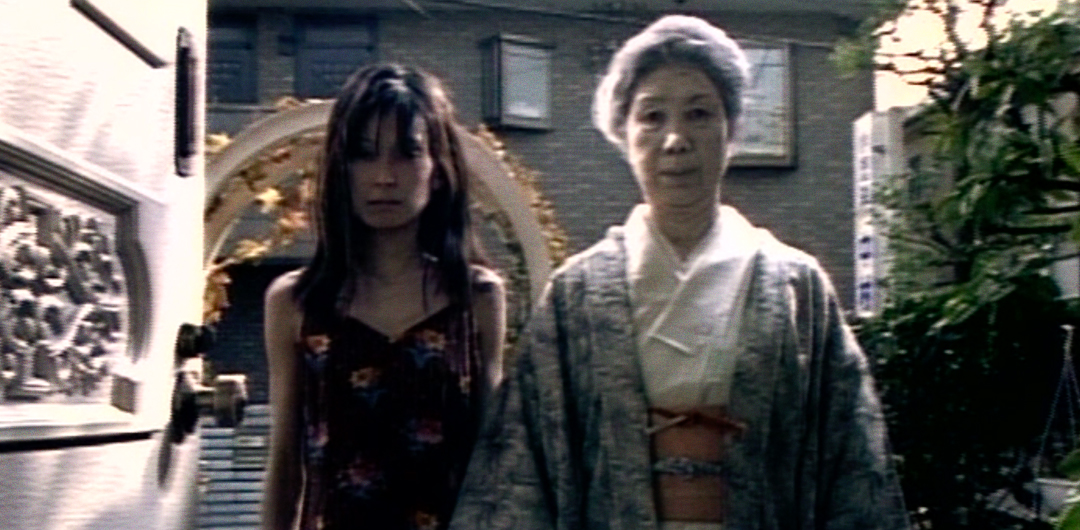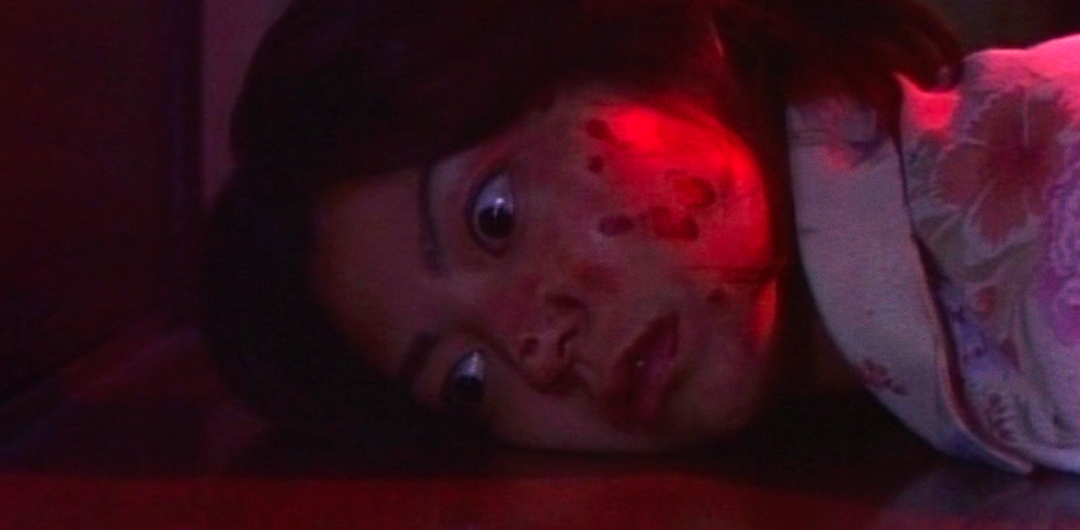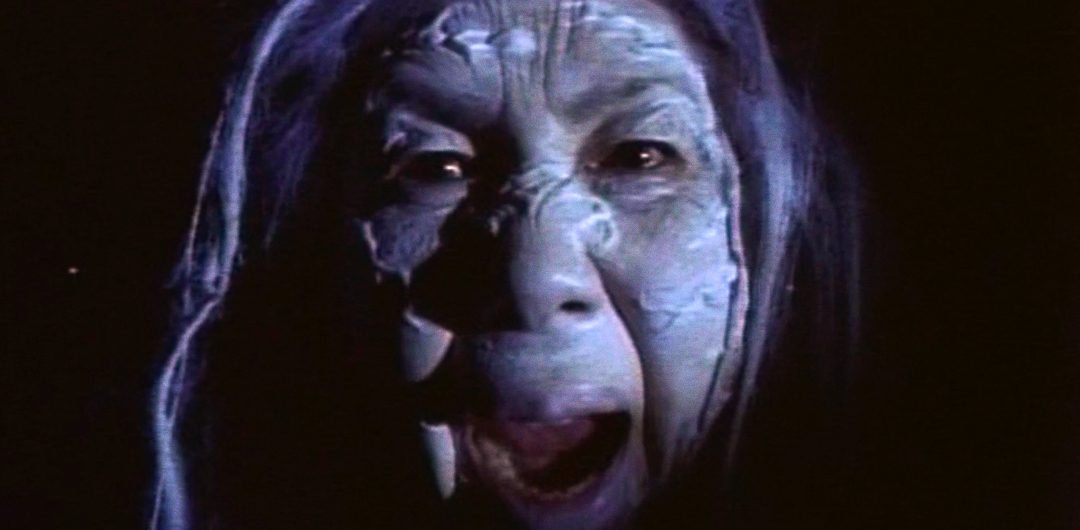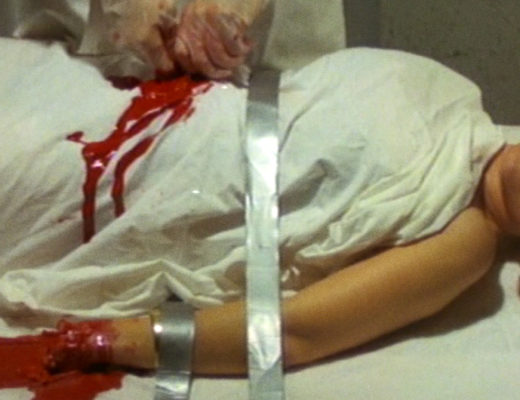Citizen Kane. Psycho. Jaws. Star Wars. No doubt, America has made major contributions to film. But perhaps the most iconic hallmark of American cinema is the archetype of a death-hungry maniac wearing a mask and wielding a weapon. Every country has slashers or movies about zombies. But only one is ingenious enough to drum up a guy who wears another guy’s face and dances around with a chainsaw. USA! USA!
So if America has a lumbering, hulking psychopath in a hockey mask, then Japan has the polar opposite: an impossibly pale, undernourished girl with damp, long hair covering her face. She moves slowly and carries no weapon and you’d absolutely be able to outrun her, but you can’t because you’re paralyzed in fear and your pants are wet. Children are scary.
After Ringu debuted and caused shivers around the world, filmmakers everywhere tried to capitalize on the archetype. In the early 2000s, every horror movie seemed to feature a long-haired waif with a disturbing past. Living Hell is no different. But this film also pays homage to classic American horror.
There’s a noise in the middle of the night. While her husband snores away, a woman fearfully gets out of bed and picks up a bat. She walks down the hallway to see—you guessed it—a pale, long-haired girl eating a dog. Before she can react, an old woman kills her and uses a beetle to take out her eye. Then she hammers the husband to death. A local detective chalks the whole thing up to a family fight. You know, the kind where you argue about how your husband never helps around the house or empties the dishwasher, so you take a hammer to his head and then eat the dog. It’s just textbook domestic disturbance.
The old woman and the waif are sent away to live with relatives. Ken, Yasu, and Mami are tasked with caring for them while their father goes to Osaka to work. Like Franklin from Texas Chainsaw Massacre, Yasu is bound to a wheelchair and relies on the help of his siblings for better or worse (mostly worse). There the plot unfolds with a dead pet, icy stares, long shadows that pass over walls, bloody darts, and a DIY dental extraction.
Written, directed, and edited by Shugo Fujii, Living Hell combines elements of American horror classics with J-horror stylings. There are swooping camera angles (Evil Dead), toe-curling torture (Misery), and dysfunctional family dynamics (Texas Chainsaw Massacre). But there are also long stares and moments of extended silence—trademarks of J-horror—and some dark twists that escalate to the final gruesome scene. It is a true mash up of two cultural giants of horror. While Living Hell is thoroughly enjoyable and fun, it tends to shirk away from graphic violence. Much of the slayings are cut away at the last second, leaving your imagination to do the rest. For many of us, the joy of horror comes from the fact that the filmmaker’s imagination is actually way crazier than our own. In addition, the more surreal, quiet elements that would often be imbued with dread and fear don’t quite work, thanks to the music which is composed entirely of grating orchestra hits. But the biggest drawback is that there’s a lot of talking and exposition which weighs down the film and prevents us from getting exactly what we want, which is havoc and gore. Still, Living Hell is fun to watch and the escalation to the final sequence is well worth your time. But if there’s anything this movie will encourage you to do, it is to wash your hair.






